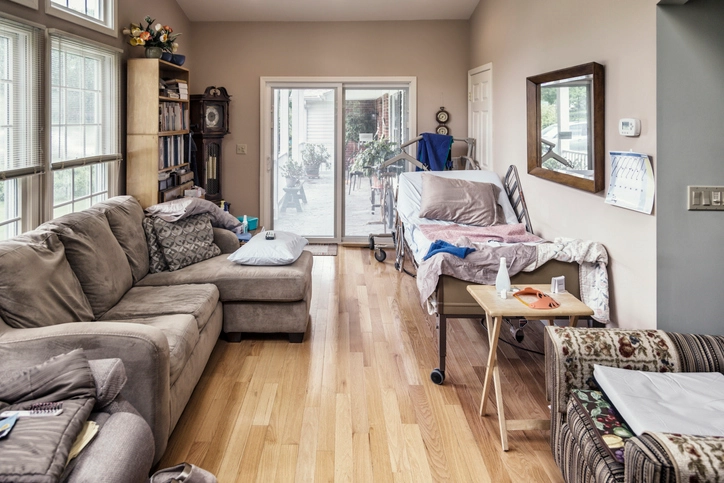https://mailchi.mp/a44243cd0759/the-weekly-gist-february-3-2023?e=d1e747d2d8

Published last weekend in the New York Times Magazine, this wide-ranging article weaves the experiences of patients and providers within hospital-at-home programs into a broader examination of what hospital-level care at home could mean for the future of healthcare.
While the hospital-at-home movement is still small, provider interest grew sharply during the pandemic, and gave rise to Medicare’s Acute Hospital Care at Home waiver, providing 260 hospitals Medicare payment for the service. The article lays out the challenges hospital-at-home programs are still working to overcome, ranging from equity (rural hospitals have seen far less uptake of the Medicare waiver), labor models (National Nurses United, the largest union of registered nurses, opposes them), to the upfront investments required to stand up a program.
The Gist: Like telemedicine, hospital-at-home programs lingered on the fringes of care delivery before the federal COVID response delivered both the regulatory flexibility and the reimbursement needed to generate provider interest—and turbocharged start-ups providing support in implementing the model.
Despite growth in health system and payer interest, hospital-at-home programs are still not deployed widely, or at scale. Many physicians and patients either don’t understand or accept it as an alternative to inpatient hospitalization, despite the fact that patients and families who participate in the service largely report a high level of satisfaction.
But as the article points out, the barriers to scaling hospital-at-home pilots—staffing models, quality control, and appropriate reimbursement—are ultimately financial.

